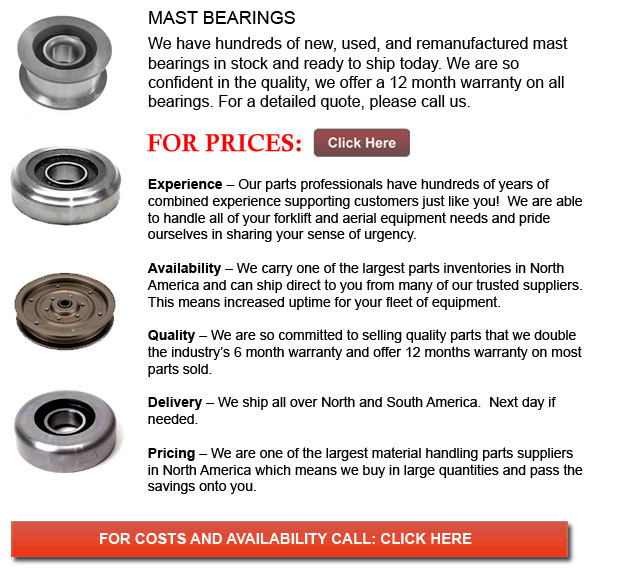
Mast Bearing - A bearing enables better motion between at least 2 components, usually in a linear or rotational sequence. They could be defined in correlation to the flow of applied cargo the could take and in accordance to the nature of their use
Plain bearings are usually used in contact with rubbing surfaces, normally together with a lubricant like for example oil or graphite as well. Plain bearings can either be considered a discrete tool or not a discrete gadget. A plain bearing can comprise a planar surface which bears one more, and in this case will be defined as not a discrete tool. It can comprise nothing more than the bearing surface of a hole with a shaft passing through it. A semi-discrete example will be a layer of bearing metal fused to the substrate, whereas in the form of a separable sleeve, it would be a discrete tool. Maintaining the right lubrication allows plain bearings to provide acceptable accuracy and friction at the least cost.
There are other types of bearings that can enhance reliability and accuracy and develop effectiveness. In many applications, a more suitable and specific bearing could improve service intervals, weight, size, and operation speed, thus lowering the whole expenses of using and buying equipment.
Numerous types of bearings along with different application, lubrication, shape and material exist in the market. Rolling-element bearings, for instance, make use of spheres or drums rolling among the parts to lessen friction. Reduced friction provides tighter tolerances and higher precision than plain bearings, and less wear extends machine accuracy.
Plain bearings are often made utilizing various kinds of plastic or metal, depending on how dirty or corrosive the environment is and depending upon the load itself. The kind and utilization of lubricants could significantly affect bearing lifespan and friction. For example, a bearing can function without whatever lubricant if continuous lubrication is not an option because the lubricants can attract dirt which damages the bearings or equipment. Or a lubricant can improve bearing friction but in the food processing trade, it may require being lubricated by an inferior, yet food-safe lube so as to avoid food contamination and ensure health safety.
Nearly all high-cycle application bearings need lubrication and some cleaning. Periodically, they may need adjustments in order to help reduce the effects of wear. Several bearings may need occasional repairs to prevent premature failure, while fluid or magnetic bearings may need little preservation.
A well lubricated and clean bearing will help prolong the life of a bearing, however, some kinds of operations could make it a lot more challenging to maintain consistent upkeep. Conveyor rock crusher bearings for example, are regularly exposed to abrasive particles. Regular cleaning is of little use for the reason that the cleaning operation is costly and the bearing becomes contaminated once again when the conveyor continues operation.
![]() Click to Download the pdf
Click to Download the pdf
Forklift Parts
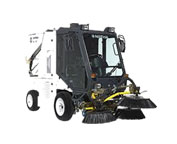

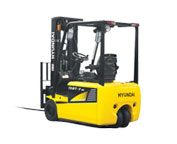
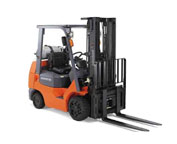
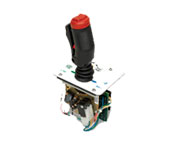
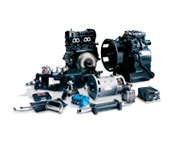
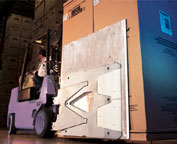
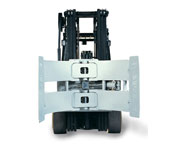
Lift Parts Express
TOLL FREE: 1-888-695-7994
LOCAL: 831-269-3442
784 Northridge Center 101
Salinas, California
forkliftpartssalinas.com
Email Us
About Us


